Classic gear: Fuzz Faces
The classic '60s fuzz that hasn’t stopped smiling since the Summer of Love
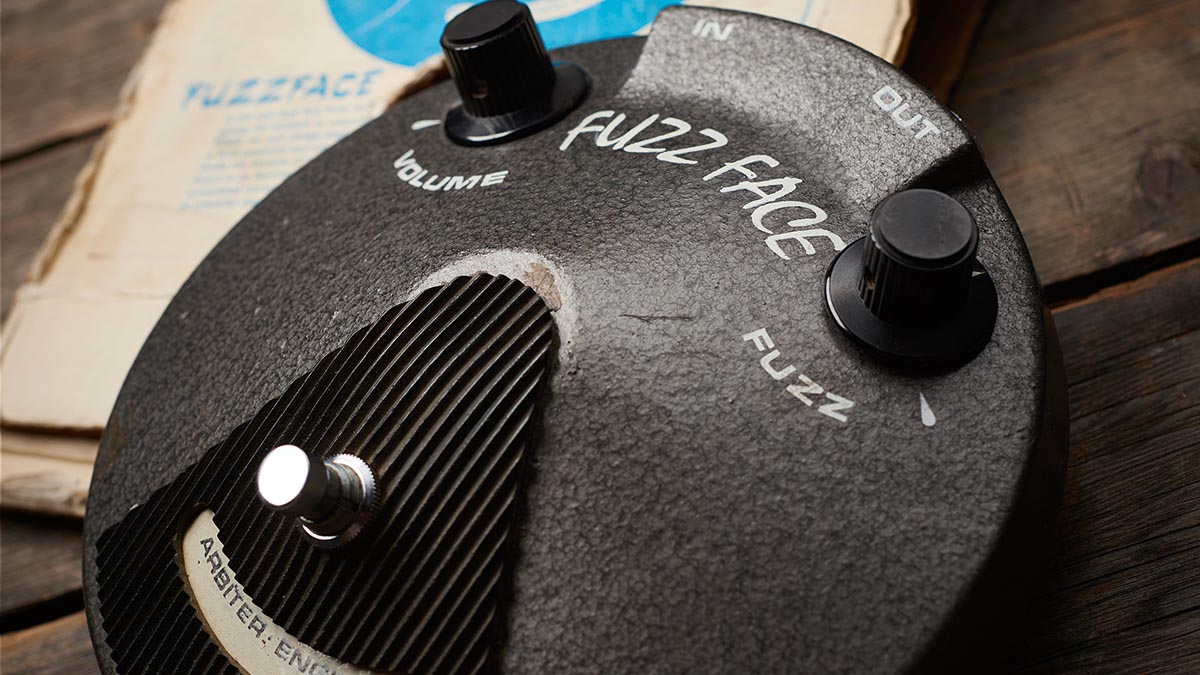
Transistors are the heart of the Fuzz Face circuit. And though the inventors of the transistor probably didn’t have guitar effects in mind at any point, fans of the Fuzz Face may be pleased to discover they did receive a Nobel Prize in the mid-1950s for their efforts.
Transistors enabled the consumer electronics industry to flourish in the post-war years, and with electric guitars becoming ever more popular in the '50s and '60s it was only a matter of time before devices like fuzz pedals made their way into music shops.
A well-matched pair of transistors often means the difference between a good- or bad-sounding pedal
Be it the original germanium NKT275 or one of the silicon variety used from 1968 onwards, it’s the transistors that determine a Fuzz Face’s fundamental sonic character.
While silicon generally produces a brighter, more cutting sound and germanium is often perceived as ‘warmer’ (being less gain-y in the higher frequencies), a well-matched pair of transistors in a Fuzz Face often means the difference between a good- or bad-sounding pedal.
With the benefit of hindsight, modern circuit builders can test for variations in noise, gain and leakage (if they want to invest the time!), but back in the '60s and '70s, a well-matched pair of transistors was the exception rather than the rule.
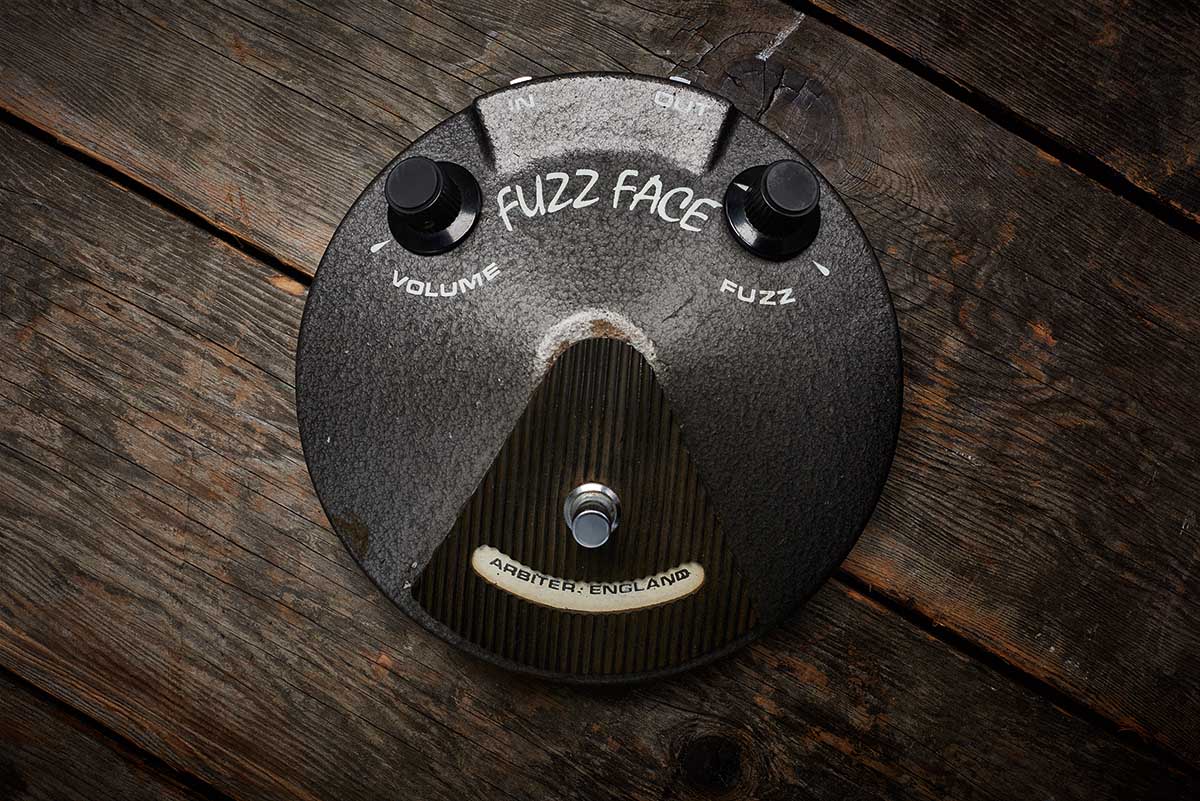
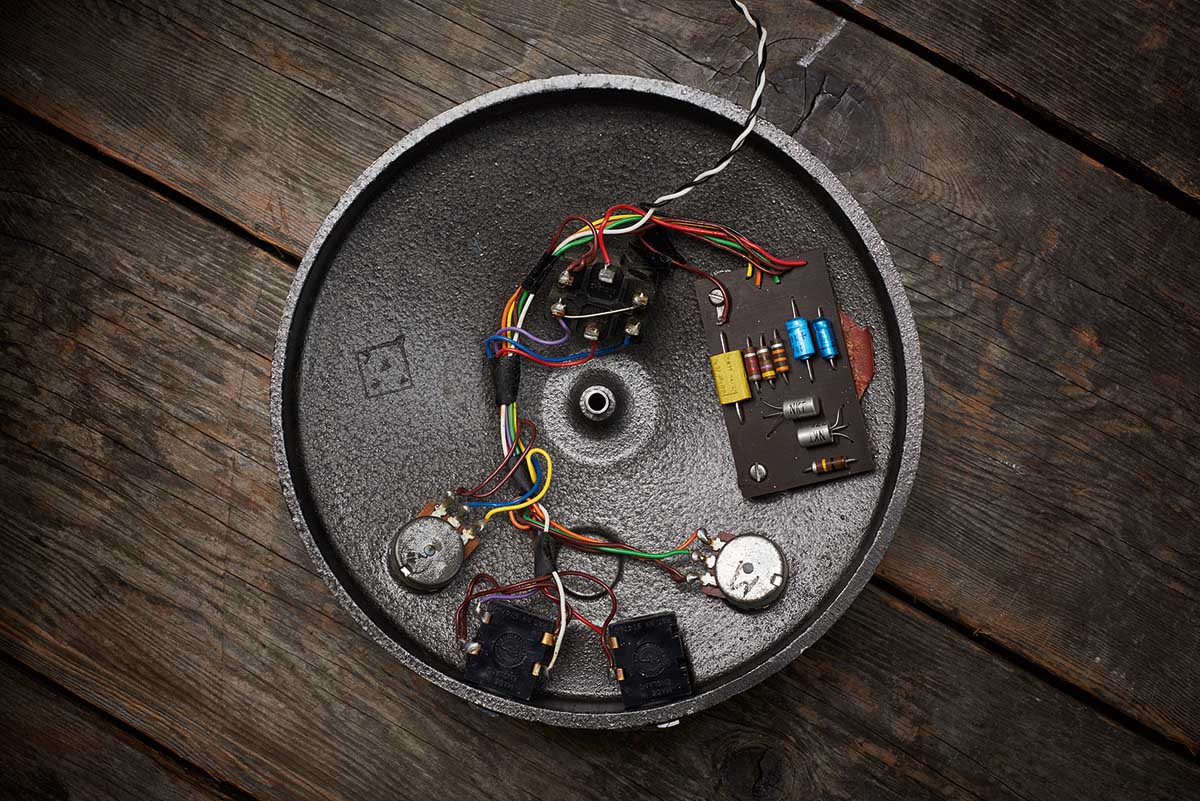
As Jimi Hendrix’s “secret studio weapon” Roger Mayer told us: “It is a very simple circuit. Yes, it worked – but maybe only one out of 20 worked well.” Transistors were relatively easy to purchase in the early '60s, and the associated audio amplifier schematics appeared regularly in standard electronics literature.
Thus, some of the earliest known fuzzes were custom built by music-savvy electronics engineers such as Roger, who supplied Jimmy Page and Jeff Beck with distortion units as early as 1964.
Get The Pick Newsletter
All the latest guitar news, interviews, lessons, reviews, deals and more, direct to your inbox!
As a commercially available stompbox, however, the origins of the Fuzz Face can be traced back to a Nashville recording studio engineer named Glenn Snoddy (1922-2018) who stumbled across a ‘fuzz tone’ being produced by a faulty console during the recording of Marty Robbins’ 1961 hit Don’t Worry (listen for the bass solo from around 1:25).
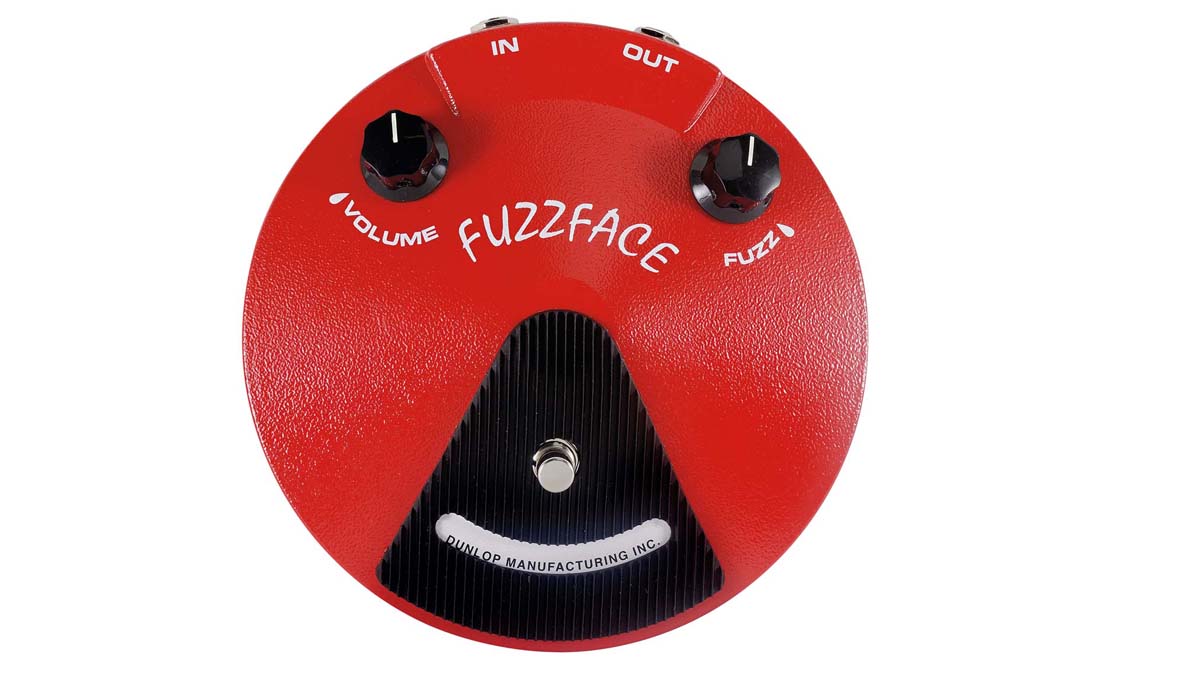
1962
Maestro FZ-1 Fuzz-Tone released (first fuzz pedal); 3 transistors
Late 1965/early 1966
Sola Sound Tone Bender ‘MK 1.5’ (similar to Fuzz Face circuit); 2 transistors
Late 1966
Fuzz Face released; ‘Arbiter England’ logo; NKT275 germanium transistors; grey finish
1968
‘Dallas-Arbiter England’ logo; BC183L silicon transistors; red finish available
Late 60s onwards
Various silicon transistors including BC108C, BC109C and BC209C
Early 70s
‘Dallas Music Industries Ltd’ logo
1974
‘CBS/Arbiter Ltd’ logo
Mid-70s
Discontinued; reissued briefly in 1976 with silicon transistors (‘Dallas Music Industries’ logo)
1987
Crest Audio reissue; BC109C silicon transistors; grey, blue or red finish
1993
Dunlop reissue; ‘Dallas-Arbiter England’ logo; germanium transistors
So enamored with the sound was Glen that he later took a recreation of the ‘fuzz’ sound to market with Gibson. Released in 1962 as the Maestro FZ-1 Fuzz-Tone, this three-transistor stompbox has since become known as the world’s first mass-produced fuzz pedal.
Although The Beatles used the Fuzz-Tone to record with (both John Lennon and George Harrison were photographed in the studio with one in 1963), it was The Rolling Stones’ 1965 No 1 hit (I Can’t Get No) Satisfaction that eventually turned people on to the FZ-1 and kickstarted the fuzzbox boom.
After that, gear manufacturers and retailers on both sides of the pond stepped up the game and fuzz became the hippest guitar accessory on the market.
In the UK, ex-Vox electronics engineer Gary Hurst developed the first Tone Bender after modifying a Fuzz-Tone for session guitarist Vic Flick; later dubbed the ‘MK I’ Tone Bender, this classic fuzz was first marketed by the newly formed Sola Sound brand in 1965.
Much like Vox’s 1965 Distortion Booster, it’s apparent successor – the so-called ‘MK 1.5’ version – appeared within months of the original Tone Bender and featured a simple two-transistor design. This is the circuit the Fuzz Face is believed to be based on.
Roger Mayer: The government scientist turned effects guru explains why no two Fuzz Faces sounded the same
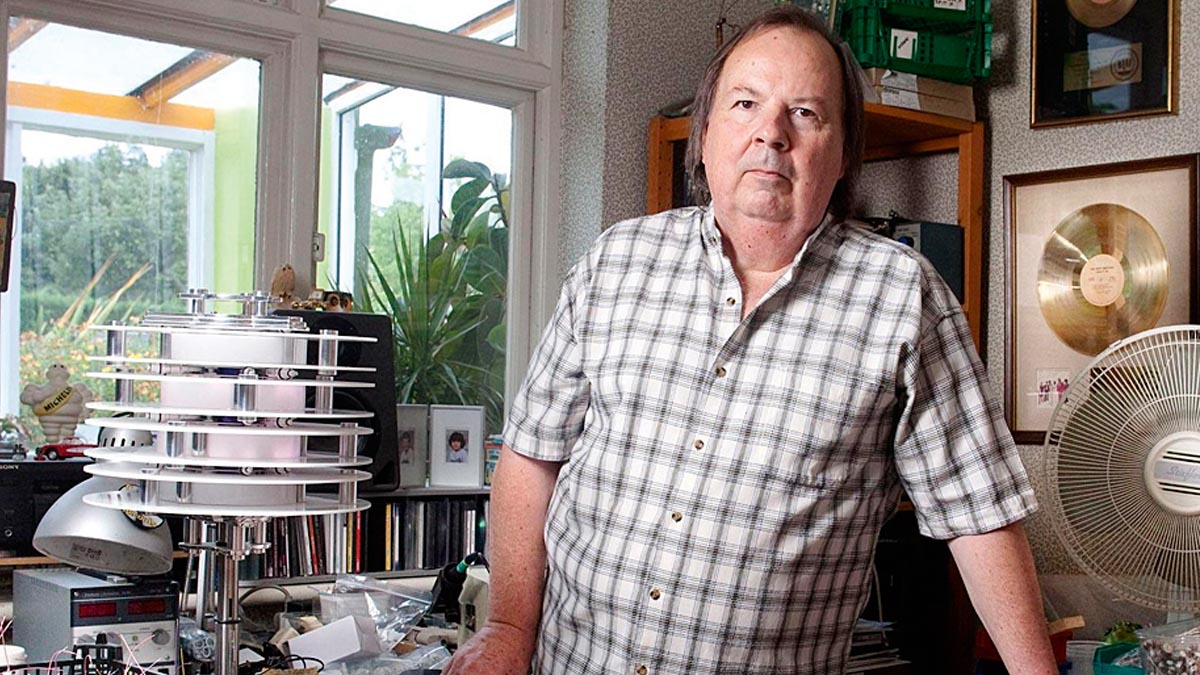
“When I first got to know Jimi Hendrix, he said, ‘[The Fuzz Face] is probably the best pedal I’ve found so far that’s commercially available, but it’s hard to find a good one.’ So I said, ‘Let me take one back to the lab and analyse what’s going on in the circuit.’
“It became apparent without very much analysis that it is what one in electronics would call a ‘minimum parts circuit’. In other words, there were a lot of shortcuts taken to minimise the number of components. It would work, but the Fuzz Face didn’t take into account any of the pitfalls.
Unless you spent loads of time testing and selecting them for these different characteristics you didn’t know what you were going to get
Roger Mayer
“Not only did you have a circuit that was inherently unstable, but there had been no provision made for the huge variances in the components, including the transistors. Back then, you had commercial components that had plus and minus 10 per cent to 20 per cent. That was just for the resistors. The capacitors were even worse. The transistors themselves could vary on an 8:1 spread, just on the gain.
“Plus, you had other parameters within the transistors that varied that weren’t even on the spec sheet! Unless you spent loads of time testing and selecting them for these different characteristics you didn’t know what you were going to get. So that’s why you never had two Fuzz Faces that sounded the same.”
Rod Brakes is a music journalist with an expertise in guitars. Having spent many years at the coalface as a guitar dealer and tech, Rod's more recent work as a writer covering artists, industry pros and gear includes contributions for leading publications and websites such as Guitarist, Total Guitar, Guitar World, Guitar Player and MusicRadar in addition to specialist music books, blogs and social media. He is also a lifelong musician.
“The original Jordan Boss Tone was probably used by four out of five garage bands in the late ’60s”: Unpacking the gnarly magic of the Jordan Boss Tone – an actual guitar plug-in that delivers Dan Auerbach-approved fuzz
“This is a powerhouse of a stompbox that manages to keep things simple while offering endless inspiration”: Strymon EC-1 Single Head dTape Echo pedal review


![A black-and-white action shot of Sergeant Thunderhoof perform live: [from left] Mark Sayer, Dan Flitcroft, Jim Camp and Josh Gallop](https://cdn.mos.cms.futurecdn.net/am3UhJbsxAE239XRRZ8zC8.jpg)








